 Mobile payments are hot, and start-up LevelUp let’s you pay by scanning a QR code from your smartphone that is linked to your existing credit or debit card. You know what that means… venture capital spent on customer acquisition! New users can get a free $5 credit by signing up through a referral link or with code JL8U06. The referrer also gets $5, but only if the user spends $5 on their own credit card. Nice detail: The app lets you use your camera to grab your credit card number instead of typing it in.
Mobile payments are hot, and start-up LevelUp let’s you pay by scanning a QR code from your smartphone that is linked to your existing credit or debit card. You know what that means… venture capital spent on customer acquisition! New users can get a free $5 credit by signing up through a referral link or with code JL8U06. The referrer also gets $5, but only if the user spends $5 on their own credit card. Nice detail: The app lets you use your camera to grab your credit card number instead of typing it in.
In addition to the referral bonus, you’ll also get a few bucks of free starter credit at each of thousands of participating merchants (mostly restaurants). For example, in San Francisco you can get $1 a Adam’s Grub Truck, $2 at Slider Shack and Quiznos, and $4 at Asa Sushi. In New York City you can get $2 for Big D’s Grub Truck. Neat feature to encourage trying out a new place. There are also loyalty promos, for example you may get $5 after spending $50 at a store over time. They seem to have many major metro areas covered, but there are holes.
Overall, another mobile payment app based on the idea that whipping out a credit card is just too much trouble. I do think there will be a big winner in this arena, but competitor Square is already moving towards the concept of leaving both your wallet and phone in your pocket entirely and essentially paying by saying your name once your phone is nearby. One interesting feature is that they offer zero merchant fees for businesses, which sounds great but I’m not quite sure how they pull that off. In the meantime, I like checking out new startups and will enjoy my free lunch.

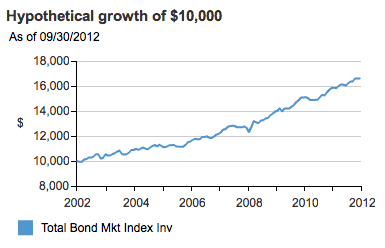
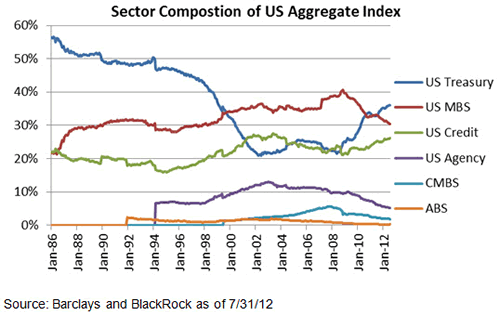
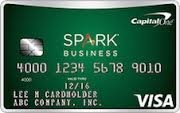 Capital One® Spark® Cash for Business – A simple idea; 2% cash back on all purchases. No tiers that run out each year and no categories, the Capital One® Spark® Cash for business is as straight forward as it gets. As a BIG added bonus, new cardholders will earn a one-time $500 cash bonus after spending $4,500 in the first three months. Cash rewards never expire and the $59 annual fee is waived in the first year.
Capital One® Spark® Cash for Business – A simple idea; 2% cash back on all purchases. No tiers that run out each year and no categories, the Capital One® Spark® Cash for business is as straight forward as it gets. As a BIG added bonus, new cardholders will earn a one-time $500 cash bonus after spending $4,500 in the first three months. Cash rewards never expire and the $59 annual fee is waived in the first year.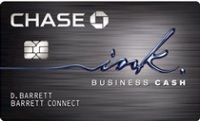 is a nice combination of upfront bonus and ongoing rewards utility. The sign-up bonus offer is $300 cash back after you spend $3,000 within the first 3 months. No annual fee. It’s a credit card with a 0% Introductory APR offer for 12 months on purchases and balance transfers. Here’s the cash back rewards:
is a nice combination of upfront bonus and ongoing rewards utility. The sign-up bonus offer is $300 cash back after you spend $3,000 within the first 3 months. No annual fee. It’s a credit card with a 0% Introductory APR offer for 12 months on purchases and balance transfers. Here’s the cash back rewards: Here’s a friendly reminder for those on the hunt for a new job. Many job-search expenses may be tax-deductible, so knowing the rules can save you money at tax time. As you might expect from the IRS, the rules aren’t straightforward:
Here’s a friendly reminder for those on the hunt for a new job. Many job-search expenses may be tax-deductible, so knowing the rules can save you money at tax time. As you might expect from the IRS, the rules aren’t straightforward: 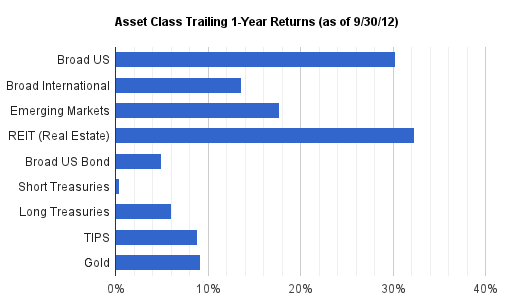
 The Best Credit Card Bonus Offers – March 2024
The Best Credit Card Bonus Offers – March 2024 Big List of Free Stocks from Brokerage Apps
Big List of Free Stocks from Brokerage Apps Best Interest Rates on Cash - March 2024
Best Interest Rates on Cash - March 2024 Free Credit Scores x 3 + Free Credit Monitoring
Free Credit Scores x 3 + Free Credit Monitoring Best No Fee 0% APR Balance Transfer Offers
Best No Fee 0% APR Balance Transfer Offers Little-Known Cellular Data Plans That Can Save Big Money
Little-Known Cellular Data Plans That Can Save Big Money How To Haggle Your Cable or Direct TV Bill
How To Haggle Your Cable or Direct TV Bill Big List of Free Consumer Data Reports (Credit, Rent, Work)
Big List of Free Consumer Data Reports (Credit, Rent, Work)